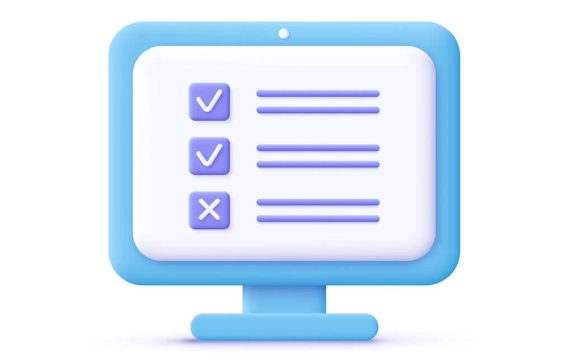If you know how to get to Control Panel on Windows 10, it’ll give you access to most of the tools to adjust or customize your PC. You can edit your graphic settings, account features, hardware settings, etc.
In previous Windows versions, the Control Panel was easy to find. It was at the Start menu or File Explorer. However, it’s not as straightforward to locate in Windows 10, which can be confusing.
So where is Control Panel in Windows 10? Keep reading to find several easy ways to find the Control Panel and how to use it.
How to Open Control Panel on Windows 10?
In this section, we’ll answer the question, “Where is the Control Panel?” There are several ways to find the Control Panel. Let’s go through them:
1. Use the Start Menu
You can use Windows Search to search for any application or program on your computer, including the Control Panel. If you want to search for Windows 10 Control Panel, follow the below steps:
- Type
Control Panelin the Search box. - Click Control Panel in the search results to open.
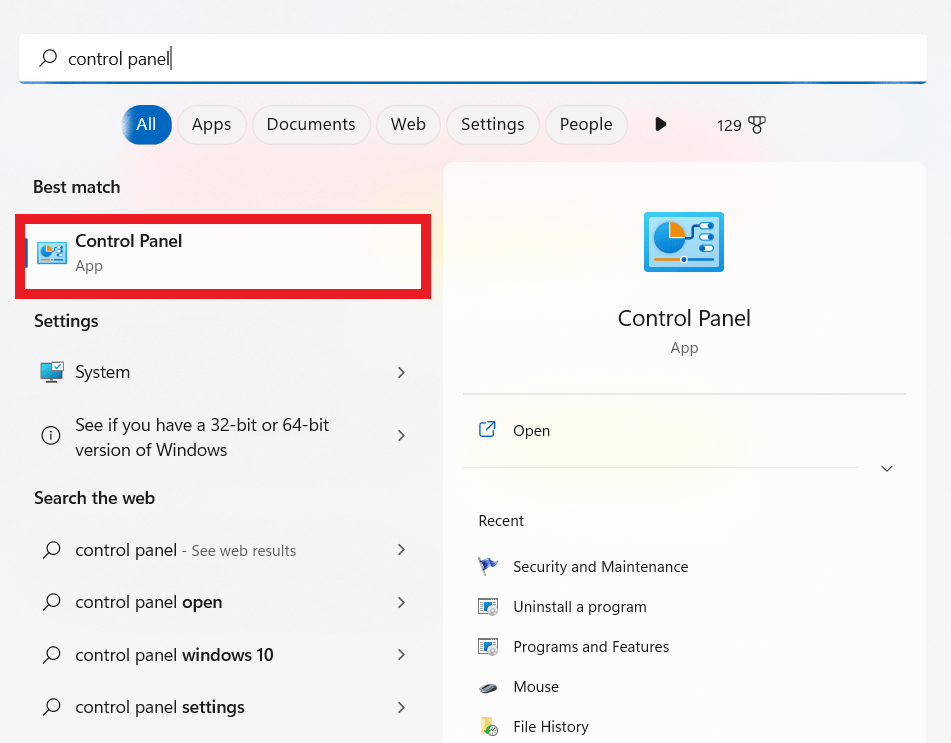
If you plan to use the Control Panel often, you can right-click on the icon and click Pin to taskbar for quick access.
2. Use the Run Dialog Box
Another way to open the Control Panel is the Run dialog box. Here’s how to open Control Panel from Run:
- Press
Window + Rto launch the Run dialog box. - Type
Control Panelin the Run dialog box.
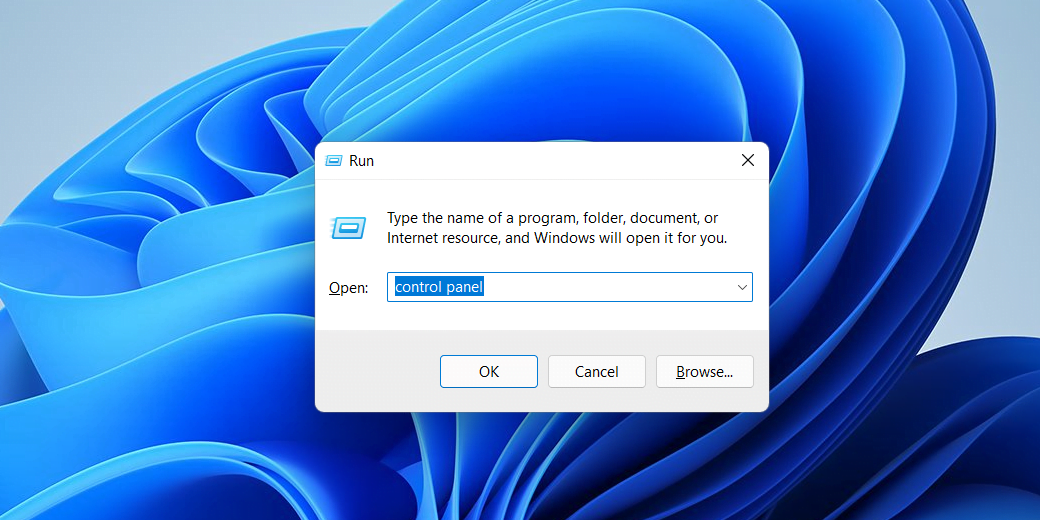
- Click OK to run the Control Panel.
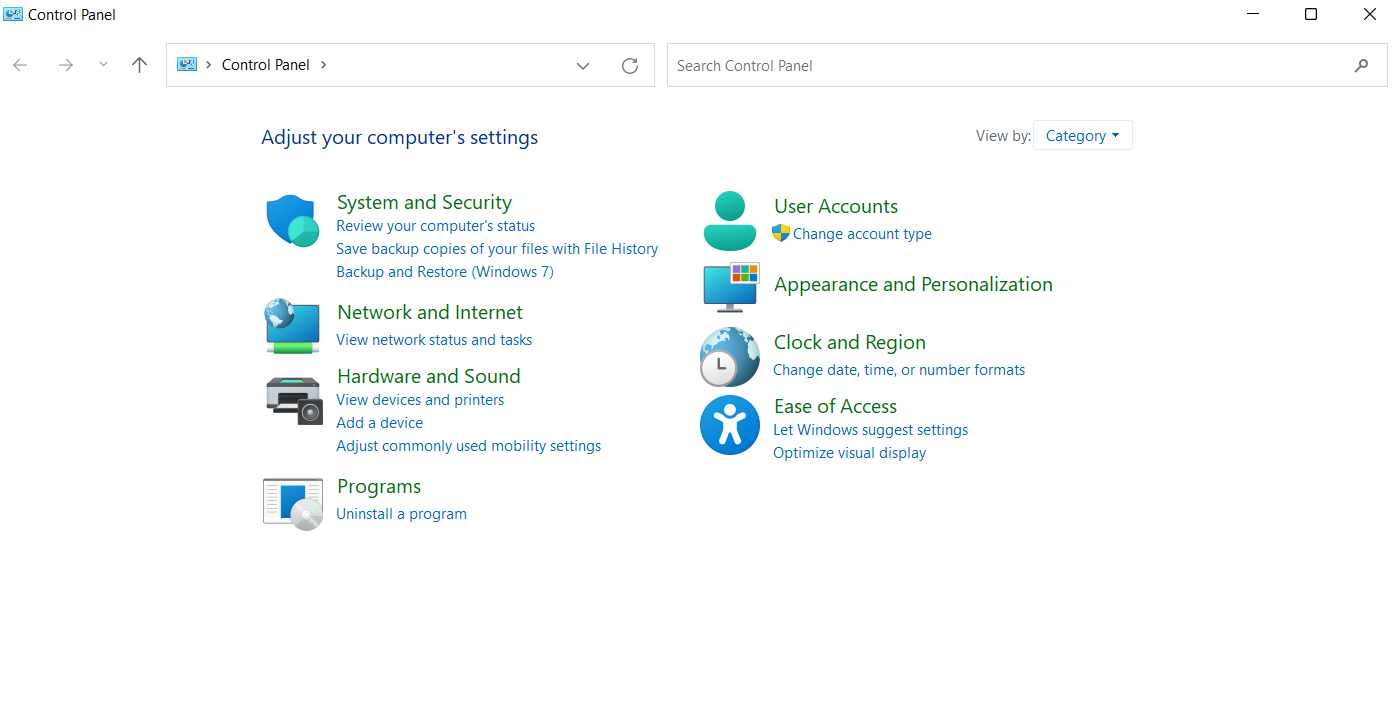
3. Use the Command Prompt
Here’s how to open Control Panel using the command prompt:
- Type
command promptin the search bar and click to launch the program. Another way is to pressWindows + Rto start the Run dialog box. Then typecmdto open the Control Panel.
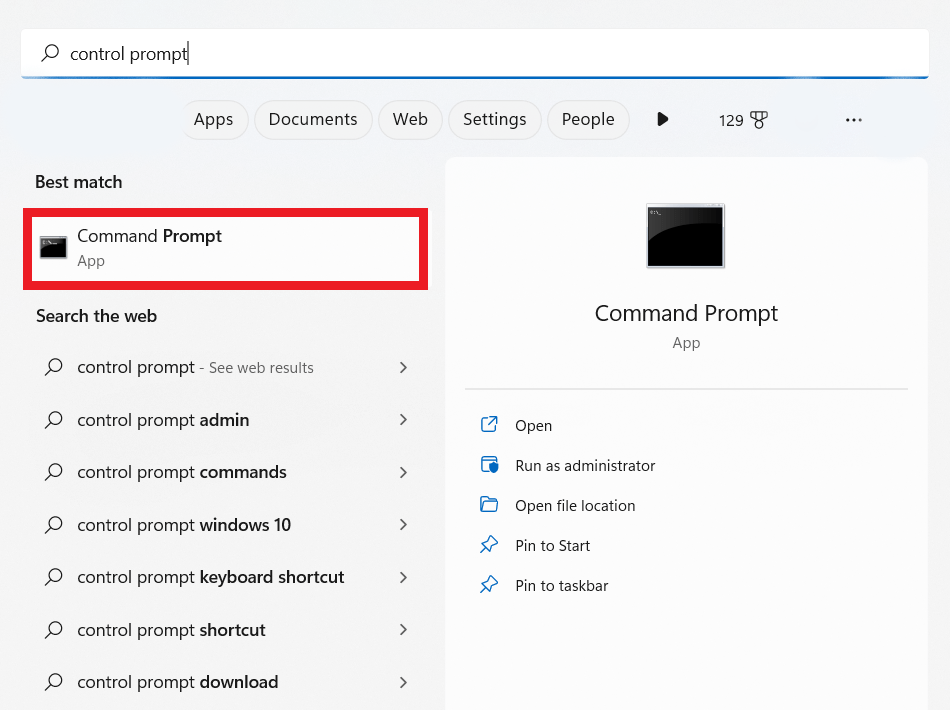
- When the command prompt starts, type
Control Paneland pressEnterto open Control Panel from CMD .
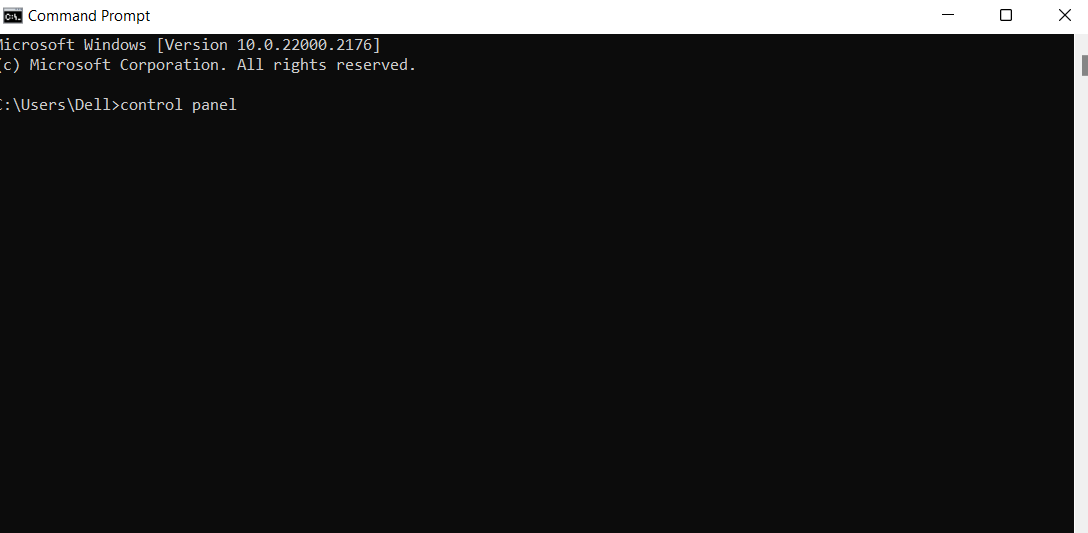
4. Use the PowerShell Command
If you want to know how to get to Control Panel using the PowerShell command, follow the steps below:
- Press the
Windows key + Rto run the Run dialog box. - Type
shell:ControlPanelFolderto open the shell command. - Click OK to open the Control Panel.
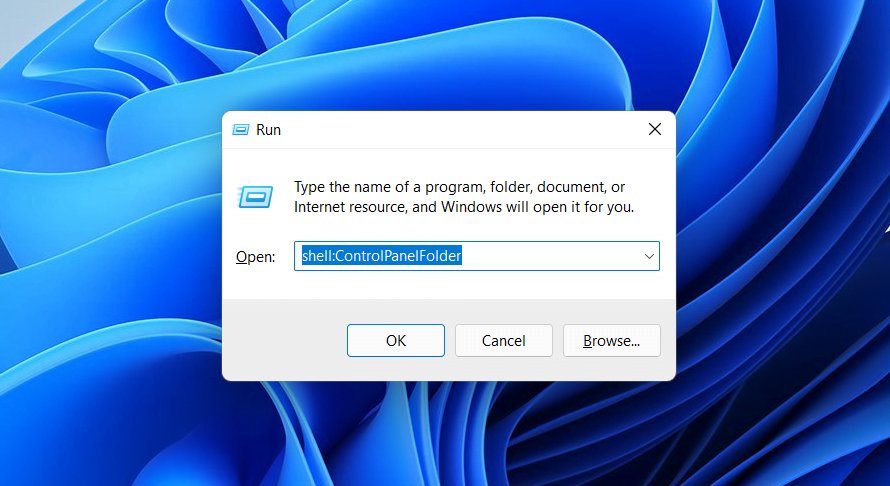
- Another option is to open PowerShell by typing
PowerShellin the search bar. When the program opens, typeControl Panelto run the program.
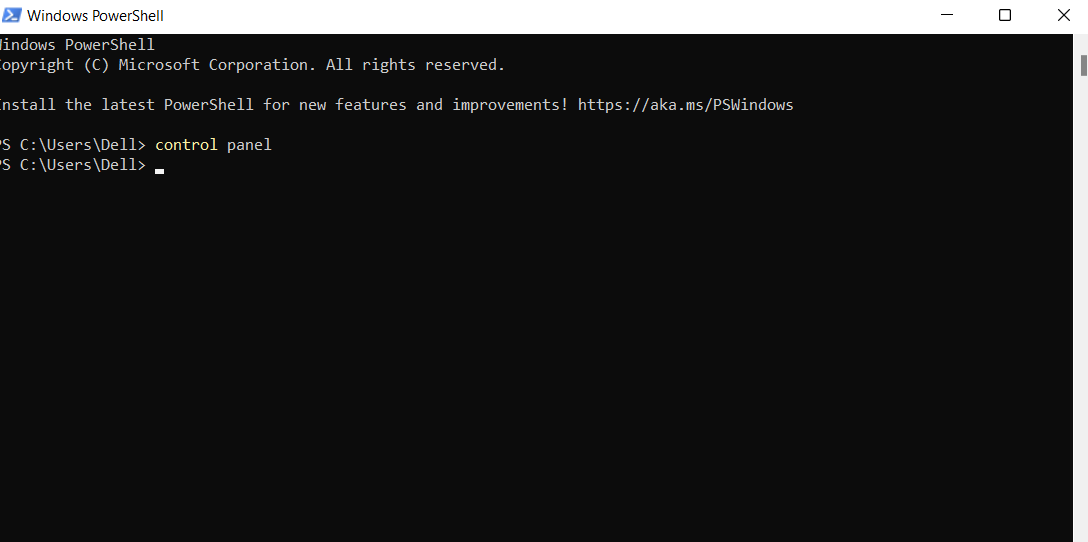
📌 Related: Most Useful Powershell Commands: Cheat Sheet
5. Use the Task Manager
You can use the Task Manager as a Control Panel shortcut . Here’s how to do it:
- Open the Task Manager.
- Click on File from the menu bar.
- Select Run a New Task from the sub-menu.
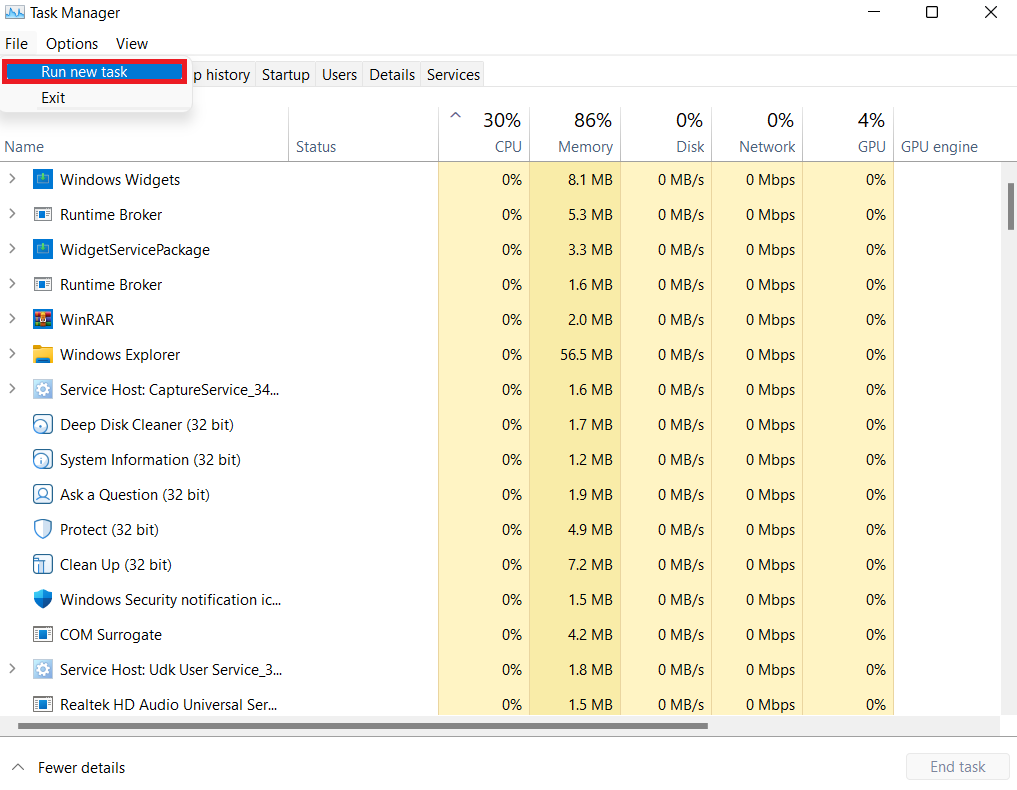
- Type
control.exewhen the New Task box displays.
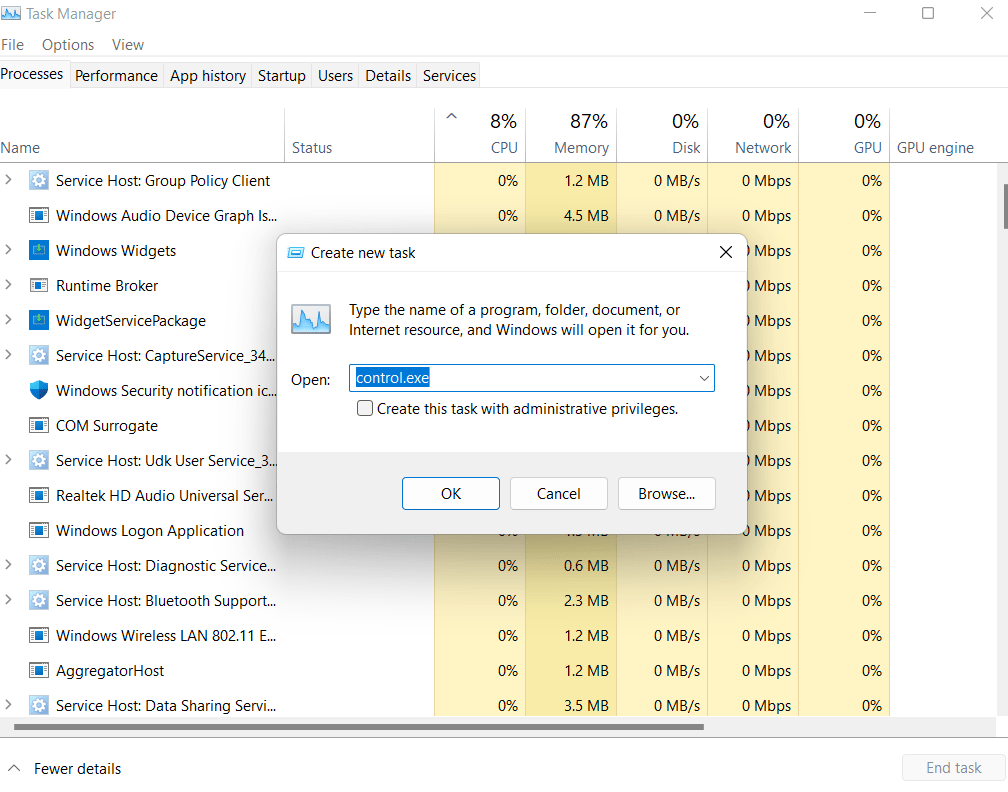
6. Use the Settings
Here’s how to run Control Panel from settings:
- Right-click on Windows icon and click on Settings. You can also type
settingsin the search bar and click on it. - Type
Control Panelin the search field to open the Control Panel.
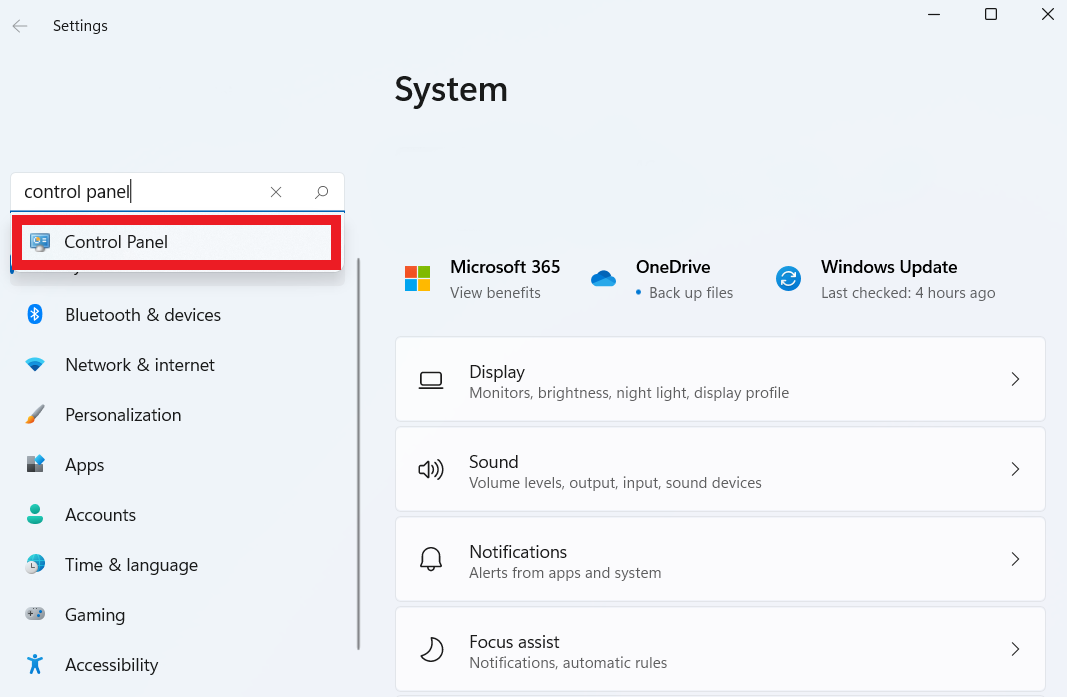
How to Use Control Panel in Windows 10
When you open the Control Panel, you’ll see various categories according to the type of settings and customizations they provide. Windows 10’s Control Panel is divided into several categories. Let’s go through them:
1. System and Security
Maintenance and SecurityThis option gives you an overview of your computer’s security and maintenance status. You troubleshoot issues, change security settings, and check for updates.
Action Center
The Action Center gathers notifications and offers quick access to various system features, such as Wi-Fi and battery.
Windows Firewall
The Windows Firewall gives you the option to manage the Windows Firewall settings. This setting regulates both inbound and outgoing network connections.
BitLocker Drive Encryption
You can control your encrypted drives in this section if BitLocker is enabled.
📌 Also read: Advanced Data Protection: How to Encrypt Files in Windows 10
2. Network and Internet
Network and Sharing Center
In this section, you can manage network connections, establish new connections, and solve network-related difficulties.
📌 Related: How to Fix Can’t Connect to this Network Error on Windows 10/11
Internet Options
In this category, you can configure Internet settings such as security, privacy, and proxy configurations in Internet Options.
📌 Related: Tips on How to Speed Up Your Internet Connection
3. Hardware and Sound
Device Manager
You can view and manage the hardware components installed on your computer using the Device Manager. You can fix hardware issues, disable devices, and update drivers.
📌 Related: How to Fix Error Code 45 in Device Manager?
Sound
The sound settings help you configure audio devices, modify sound settings, and set up audio input and output devices.
Power Options
By changing power plans and settings, you can configure what occurs while your computer is idle or when you click the power button in this category.
📌 Also read: [FIXED] Can’t access complete power options in Windows issue
4. Programs
Uninstall a Program
The Uninstall a Program section allows you to see and uninstall any applications on your computer.
📌 Related: How to Uninstall Programs on Windows 10
Default Programs
You can set default programs from numerous file types and protocols in this category.
5. User Accounts
User account
This section allows you to manage user accounts, create new accounts, change passwords, and change user privileges.
6. Appearance and Personalization
Personalization
The Personalization allows you to change the themes, colors, and desktop background, including the screensaver settings.
📌 Also read: How to Set a Dual Monitor Wallpaper on Windows 10 and 11?
Display
You can change the scaling, rotation, and screen resolution options in the Display section.
Taskbar and Navigation
The Taskbar and Navigation help you to set your preferred navigation and taskbar settings.
Experience faster load times and a more efficient system today—download Auslogics BoostSpeed and take control of your computer's performance!
7. Clock and Region
Date and Time
You can configure automatic time synchronization, the system’s date and time, and the time zone in this section
Region
The Region allows you to set regional language, format, and location preferences.
8. Ease of Access
Ease of Access Center
You can make tools like the on-screen keyboard, narrator, and magnifier more accessible to you using the Ease of Access option.
9. Administrative Tools
Computer Management
This section lets you access advanced system management tools like Event Viewer, Disk Administration, etc.
Conclusion
We’ve discussed extensively how to open Control Panel on Windows 10 in this guide. Go through them and use the various options that best suit you. The Control Panel is a powerful tool that helps you to access advanced system settings and customize your computer experience.
You can manage devices, set up networks, customize your desktop, and much more by going through its numerous categories and options.
So, take advantage of this guide to use all of the features and functionalities of the Control Panel.
FAQs
Control Panel using the search bar. Right-click on “Control Panel,” hover over “More,” and then click on “Pin to Start.”
Windows key + R to open the Run dialog. Then, type control panel and hit Enter. This will open the Control Panel.
